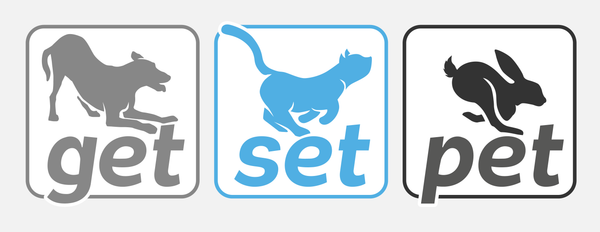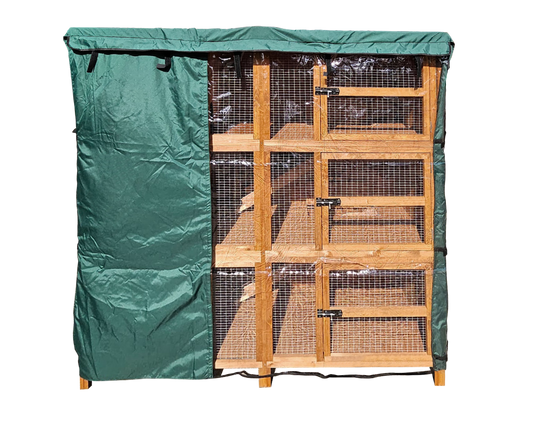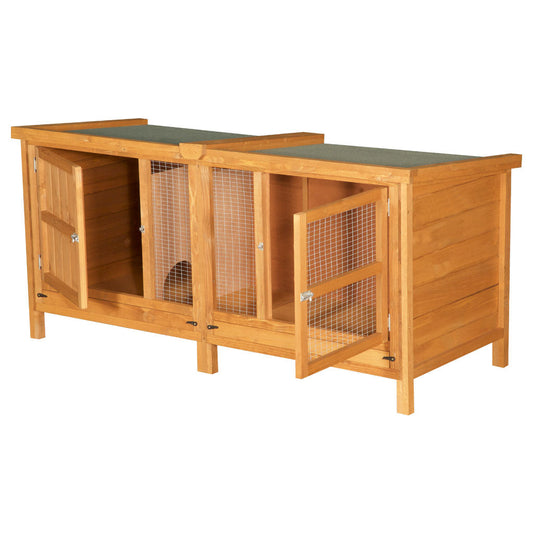We’re all familiar with the sight of a dog lapping energetically at their dog bowl. But when was the last time you saw a thirsty cat? Would you even recognise one? Our feline friends can trace their roots back to the Middle Eastern wildcat Felis sylvestris. Centuries of domestication have resulted in the lovable moggie we know today but many of their ancestors’ instincts and behaviours remain just below the surface – including a rather fastidious attitude to drinking water. Understanding some of these behavioural quirks will help ensure your own cat is well hydrated.
Signs your cat is dehydrated
Throughout the year, but particularly during the hot summer months, dehydration can be a real problem for all animals. Cats will naturally seek out shade or cooler surfaces to lie on. If your cat can’t find natural remedies to bring down their temperature you may need to intervene to keep them more comfortable. Cats do sweat but they do it through their paws and from between their toes so it may not be immediately noticeable. Other signs to look out for are listlessness and poor elasticity in their skin. You can test this by pinching the fur behind their neck and observing how quickly it returns to normal.
Does your cat’s bowl make a difference?
A basic requirement for all cats is a regular supply of fresh water. If you cat does not appear to be drinking any water, consider changing the cat bowl to a low-sided ceramic cat bowl or a stainless steel cat bowl . A little experimentation is sometimes needed since some cats can be put off by reflections or a cat bowl which irritates their whiskers. Play around with the cat bowl’s location too including the height of the cat bowl off the ground. Most cats feel more relaxed if they can observe their surroundings and this may calm them enough to drink. If you live with more than one cat it may also be necessary to lay out additional cat bowls of water to ensure less-dominant cats are not disadvantaged by territorial disputes within the household.
The link between diet and hydration levels in your cat
The food you give your cat plays a big part in their hydration levels. A dry kibble cat diet will not contain enough moisture for them on its own so encouraging your cat to drink is critical. Wet cat food diets have a much higher moisture content but it’s still important to provide water with each meal.
Cats, mats, running water and ice!
Some cats will refuse to drink anything but running water and will take every opportunity to sit beneath a dripping tap or shower basin. Cat water fountains are a great way of providing fresh running water for your cat and will filter and oxygenate the water supply throughout the day with little maintenance required. It can sometimes take a cat a few days to acclimatise to this new way of drinking so don’t be deterred if your cat doesn’t take to it immediately.
Cat cooling mats are a great way to make your cat more comfortable when the mercury starts to rise. Older cats, overweight cats and young kittens in particular will benefit from having a chilled place to lie down but cats of all ages will appreciate their cooling properties. Another idea is to wrap a frozen bottle of water in a tea towel for your cat to lean against.
For both a practical and playful solution to the hot weather try dropping some ice cubes into your cat’s water bowl or creating an ice ball by filling a balloon and freezing it. Many cats enjoy the sensation of licking ice and bobbing ice cubes as they float appeals to a cat’s inquisitive nature. Some supervision is recommended here as you want to ensure your cat doesn’t start biting or eating the ice.
Healthy cats need water
Cats often suffer with urinary tract issues so it’s important to mitigate this health risk by following the steps outlined above. Excessive thirst and drinking, on the other hand, can be a sign that your cat has a problem with their kidneys. Taking an active interest in your cat’s water consumption will result in a happier and healthier pet and fewer trips to the vet.









